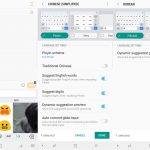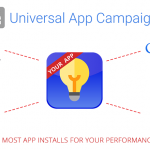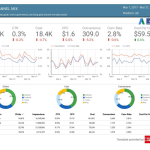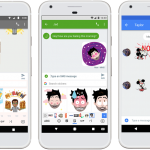Google Life Sciences Rebrands As Verily, Uses Big Data To Figure Out Why We Get Sick
The Alphabet company joins the growing trend of using big data to understand health and diseases. Truly.
A chemist, an engineer, a doctor, and a behavioral scientist walk into a lab. That’s not the intro to a joke, but to Verily—formerly Google Life Sciences—a serious, interdisciplinary effort to use data to better identify signs of health and disease. Living under the Alphabet holding company that comprises Google and its many spin-offs, Verily marks Google’s/Alphabet’s formal entry into the burgeoning field of companies intent on gaining health insights using sensors, digital medical records, AI, and two resources it has in special abundance: cheap data storage and processing power.
For those rusty on their Shakespeare, “verily” is an archaic English word meaning truly or truthfully—or forsooth, if you’d like to stick to the vintage-language menu. It doesn’t quite roll off the tongue. We can imagine Elmer Fudd or the priest from The Princess Bride struggling with it. But then, Google wasn’t always a household word, either.
Verily does describe well the goal of the venture—to get at the truth of not only illness but of what health looks like. It’s the kind of announcement that couldn’t have happened three years ago, but is hard to imagine not happening now. On one side, health data is being collected in torrents from fitness bands, connected devices like scales and blood pressure monitors, and the slow progression to better digital health records. Google plays a role here, with its Android Wear OS for smart watches, for instance, and its project with Novartis making smart contact lenses that can measures glucose levels in diabetes patients.
On the other side, cheap data storage and massively powerful artificial intelligence to analyze information now abound. In its launch announcement, Verily mentions a prominent role for machine learning—an AI process of combing through vast troves of data to find patterns that may lead to insights. Instead of looking for data to prove a theory, machine learning develops a theory based on overwhelming data. A textbook use of this technology is Google’s Baseline Study (already underway) to collect enough data to understand exactly what a “healthy” patient looks like in order to be able to spot, early on, the deterioration of one’s health.
Verily joins an ever-growing effort to use big data for understanding diseases. PatientsLikeMe, for example, is an online community in which disease sufferers seek out other people with similar symptoms, and also provide health data for analysis. PatientCrossroads develops registries where patients with rare illnesses, such as genetic eye diseases, can upload their medical information so that experts can look for commonalities that lead to insights. Meanwhile, Matchmaker Exchange links medical databases so that a researcher at one hospital or institution can search the databases of several linked centers at once. It’s unclear yet how Verily will add to or compete with these efforts, though Google Life Sciences already had established major partnerships with institutions like Stanford and Duke universities.
Fast Company , Read Full Story
(21)













